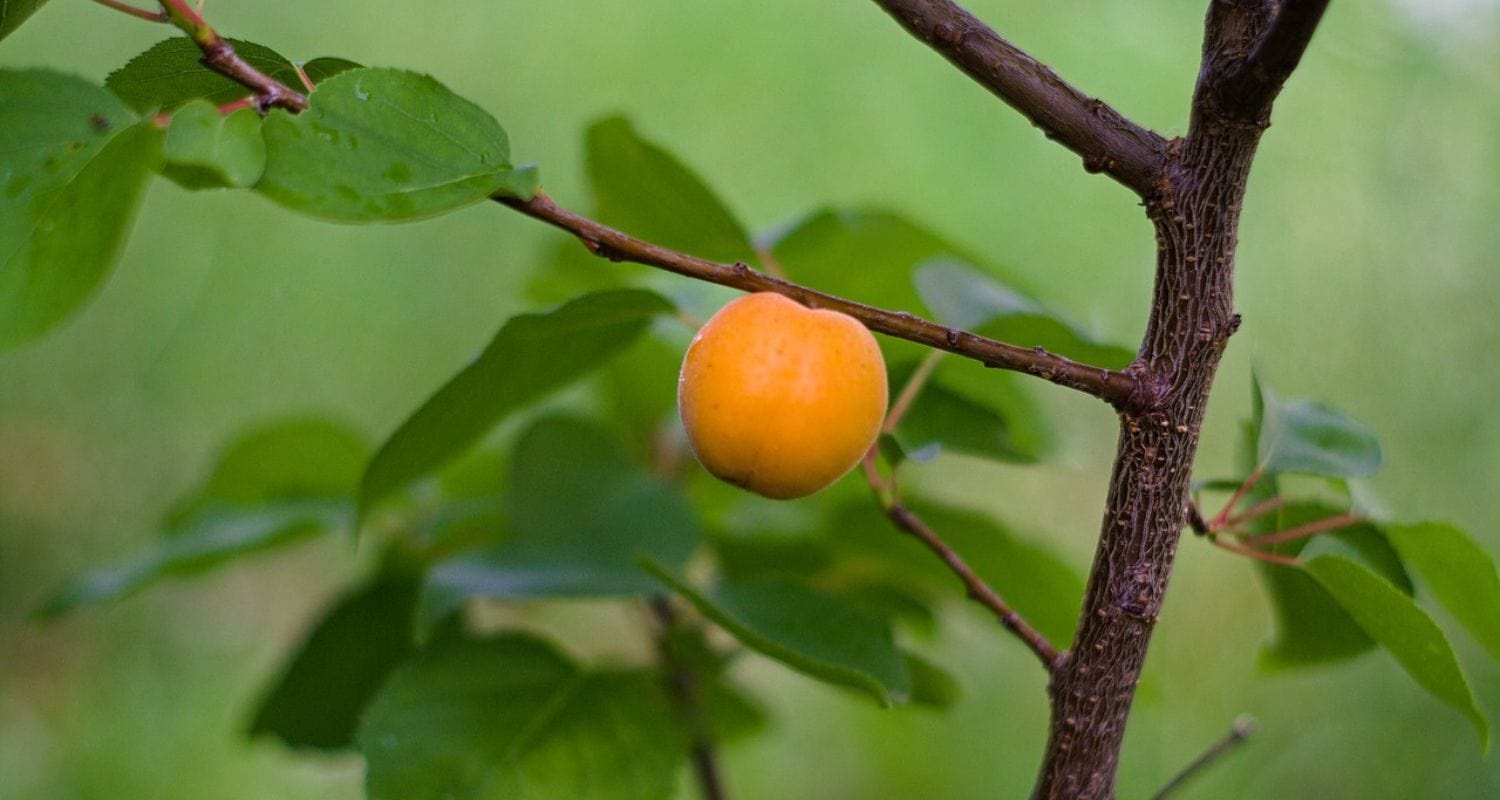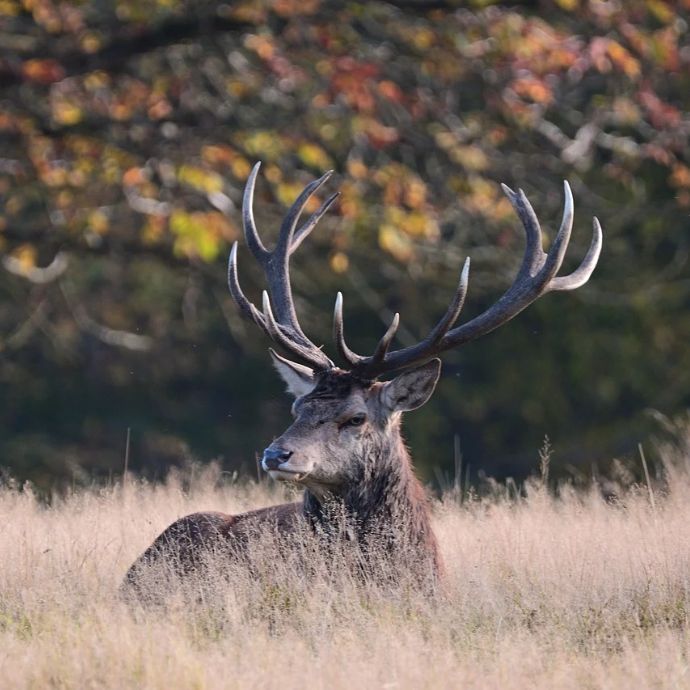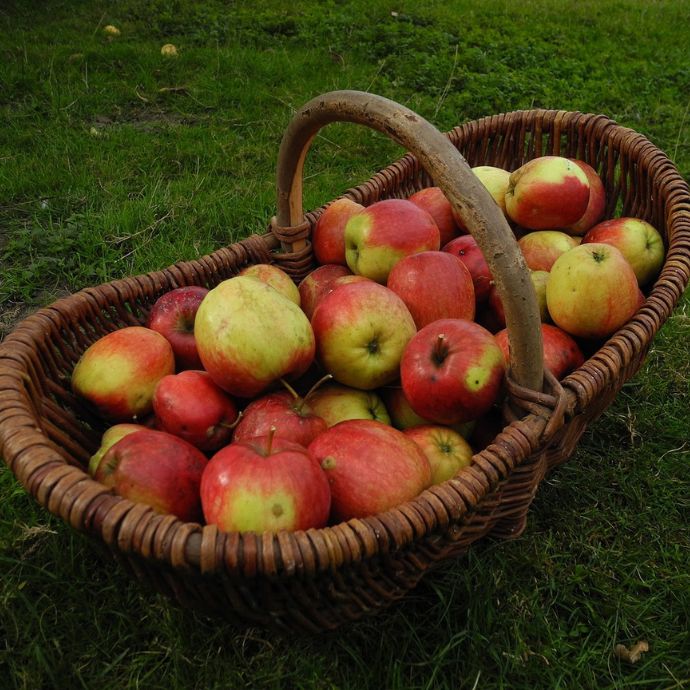Advice & Inspiration
Peach Tree Leaf Curl: Treatments & Prevention

Sitting under the shade of a peach tree in the height of summer and chewing on a piece of straw is about as Mark Twain as it gets. But while these glorious fruit trees can indeed be grown right here in the UK, rather than the sunnier climes of Georgia, for example, there are a couple of problems you need to be on the lookout for – one of which is peach tree leaf curl.
Although peach trees are generally robust, happy and healthy, leaf curl can undeniably be a nuisance. Luckily for you, however, in this blog post we’re going to be detailing how to identify this disease as well as what to do about it if your tree gets infected. First, though, what exactly is peach tree leaf curl?
Jump to:
- What is peach tree leaf curl?
- How serious is it?
- Resistant varieties
- How to treat peach tree leaf curl
- Homemade spray for peach tree leaf curl
- Epsom salts for peach tree leaf curl
What is peach tree leaf curl?
Peach tree leaf curl is a fungal disease which develops as a result of the pathogen Taphrina deformans. It affects various members of the Prunus genus, most notably peaches (hence the name) but also nectarines, almonds and apricots. The signs of this disease are easy to spot; splotchy red patches on distorted leaves, white spores and premature leaf drop. In other words, not fun.

How serious is peach tree leaf curl?
Is this disease just an unsightly annoyance or something worth worrying more about – does peach leaf curl kill the tree? Well, the good news is that peach tree leaf curl rarely spells the death of a tree, but it can weaken it pretty significantly if left untreated. So it’s better to get on top of the problem if you’re able.
Varieties resistant to peach tree leaf curl (fully and partially)
Peach leaf curl treatment
Once you’ve identified that, yes, what your tree is experiencing seems to be peach tree leaf curl, you need to know what to do about it. First, step, remove all the infected material. That means both affected leaves on the tree, as well as sweeping up and disposing of infected leaves or growth that has fallen from the tree (this will help reduce the risk of reinfection in subsequent years). Burn this material if possible. Make sure you sterilise any pruning equipment after use.
If you’re growing a trained peach tree, then constructing a lean-to structure over which you drape a layer of sheeting can be helpful in keeping your peach tree dry, and thus reducing the risk of spore transmission (raindrops are the vector by which this fungal disease spreads). The RHS has created a handy diagram on how to erect one of these shelters.
Homemade spray for peach leaf curl
Here at Roots, we’re big proponents of naturally treating plants wherever possible – in fact, our growers are proud to use biological pest control and organic fertilisers, so if there’s the option to go natural, we’re all for it.
Using a spray made from garlic, oregano or thyme is thought to be effective in managing the disease, and means you can avoid having to use a chemical fungicide (which we typically advise against).
To use your spray, fill a 500ml spray bottle with water and add five to seven millilitres of oregano oil. Give it a good shake and then spray over your peach tree. Do this twice per year, once towards the end of autumn and then again as spring rolls around. Make sure to apply your spray on a dry day.
Peach tree leaf curl Epsom salts
Another home remedy considered in some circles to be helpful with peach leaf curl is to use Epsom salts. It is reckoned that the high magnesium content within these salts can help promote stronger growth, serving as a preventative measure (as a stronger, vigorous tree is more likely going to be able to fend off an infection than a tree that’s struggling).
To prepare your salt mixture, combine one to two tablespoons of your Epsom salts with just under four litres of water – approximately one gallon in old money – and pour evenly around the base of your peach tree.

Final thoughts
As is always the case with plant diseases, prevention is better than cure when it comes to peach tree leaf curl. Unfortunately, given the wet weather we’re prone to here in the UK, this pathogen has an easy route through which to infect your peach tree, therefore keeping your tree as dry as possible will help reduce the risk of fungal growth.
Failing that, if your tree does get infected, remove affected material (making sure to properly dispose of it) and consider using a home remedy spray, followed up by some Epsom salts to help guard against future infection. We’ve previously written guides on how to grow peaches in Britain, as well as tips on choosing the right peach tree for your garden, so make sure to check them out!



















